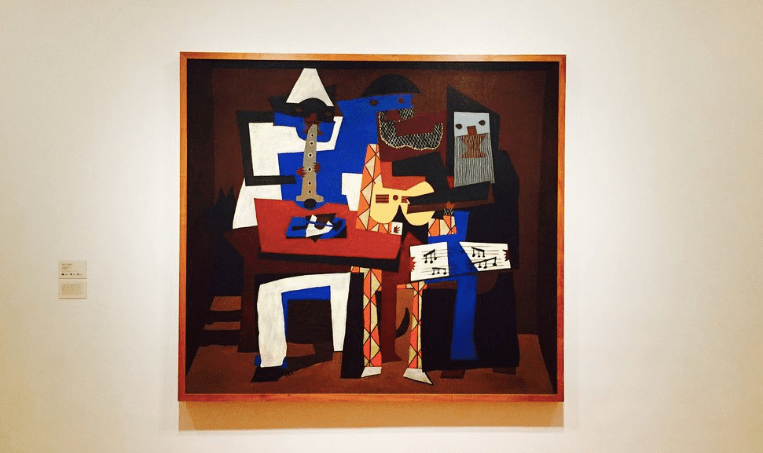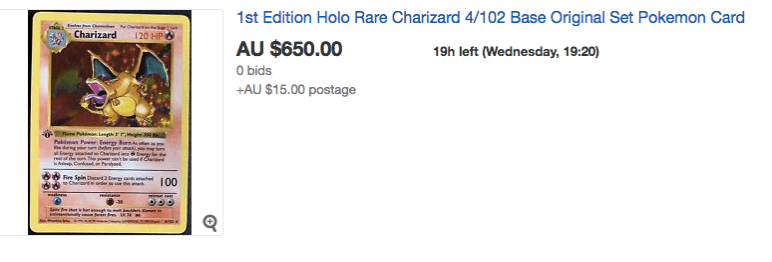The Scarcity Model
One interesting Value Proposition you may consider adding to your business model is the concept of Scarcity.
Scarcity is intriguing – an ordinary product gains tremendous value, just because it is uncommon. How does that work?
It turns out, there are two types of scarcity that can be used effectively, each with their own sets of tradeoffs.
True Scarcity
Something can be considered truly scarce if there isn’t much of it, and no more of it can be made.
For example, land in the city is scarce (especially in Melbourne), because no more can be created. You can move further and further out of the city if you like, but there is a fixed amount of space within a certain distance of the CBD.
Hence, an address in Collins St costs so much more than an address in the suburbs.
Paintings aren’t scarce…until the artist dies.
There are only a certain number of Picasso’s works, and no more can be created.
Anyone can own a print, but only a select few own an original.
The same goes for wine.
Penfolds only release a certain number of bottles of Grange, which in turn boosts the value of each bottle.
This is magnified by time, as more and more of a particular vintage is consumed, the scarcer the market becomes for the remainders, pushing the value even higher.
This applies to services as well; an appointment with a medical specialist costs so much because there are so few specialists around.
A famous hairdresser can only perform so many cuts per day, so the value of an appointment increases as they become more and more well know.
Popular cafes and restaurants have a queue out the door – and the owners love it.
Economics would suggest these places should expand their premises to accommodate more customers.
Behavioural economics however, knows that people love lining up – it’s what makes the experience special.
It adds to the mythology, and boosts it’s reputation.
The scarce seating is a drawcard, not a drawback.
There’s another type: Artificial Scarcity.
This is when a company has the ability to produce more of something, but strategically chooses not to do so.
This boosts the value of that item/service, as long as nobody changes the landscape.
For example, look at Taxi Medallions.
Back in 2011, I was stunned to learn that people could invest in Taxi Medallions – the licence to operate a cab.
I couldn’t believe the price - $500,000!
My colleague was convinced, since the government only issued a limited number, so each one became more and more valuable…
Until some pesky kids in San Francisco messed everything up with their vastly superior service that allowed anyone with a half decent car to get around the “rules”.
No more scarcity, no more value.
Diamonds another great example – they’re not actually rare.
One company has a tight monopoly, buying all the available stones and then releasing a handful out to the market.
If there was a higher level of supply (as is beginning to happen now), the value of diamonds would drop dramatically.
When I was growing up, the most valuable thing a kid could own was a Charizard pokemon card.
It was one of the most powerful cards in the game, and was quite uncommon.
A good condition card went for $40, which was an incredible amount at the time.
Thinking about that now is strange – it was a piece of cardboard.
It cost exactly the same to make as any other foil card, but it’s rarity made it so much more valuable.
Imagine if they had put one in every box of cereal – everyone would have had one, making them borderline worthless.
These two value propositions are compelling, but have their limitations.
True scarcity works when you have a compelling story and the ability to create exclusivity.
For a customer to see serious value in an item, they need to tell themselves a story about the product and why it is special.
They need to know about Picasso’s life, or the methodology behind a bottle of Grange.
They need to picture themselves in that suburb, and imagine the wonderful life they will lead as they embrace that area’s stereotypes.
On the flip side, you can’t continuously make more products/services without it dropping the value (and therefore the price).
Artificial scarcity is harder to sell, because there is no real shortage of supply.
It stems from having a monopoly, and as we know, monopolies are both lucrative and delicate.
Take freemium services like Spotify, LinkedIn and Tinder.
The tech is there, but you’ve been artificially limited in what you can do for free.
There is not a limited number of these features that everyone is fighting for, the company can create as many as they like.
You’re not paying for something rare, you’re paying for convenience of having these once scarce features.
A business can control its sales (e.g. print more Charizards, issue more taxi medallions), but so can its competitors.
Pokemon cards eventually lost their appeal, Uber eventually sidestepped the taxi system.
There’s a great photo that sums up the risk buying into artificial scarcity: An American couple dividing up their beanie baby collection as part of their divorce proceedings in front of a judge.
Have a think about how your enterprise can use the power of scarcity to increase its perceived value.
It might be through gradually releasing tickets to your event, thus making them perpetually close to being “Sold Out”.
It might be through making your offerings more expensive – a price signal that will repel some customers but appeal to those with higher budgets.
It might be through restricting the amount of product that is available – abundance is suspicious, and having “only a few left” acts as a form of social proof.
If you're interested in this topic, I highly recommend All Marketers Are Liars by Seth Godin and The Rich by John Kampfner














